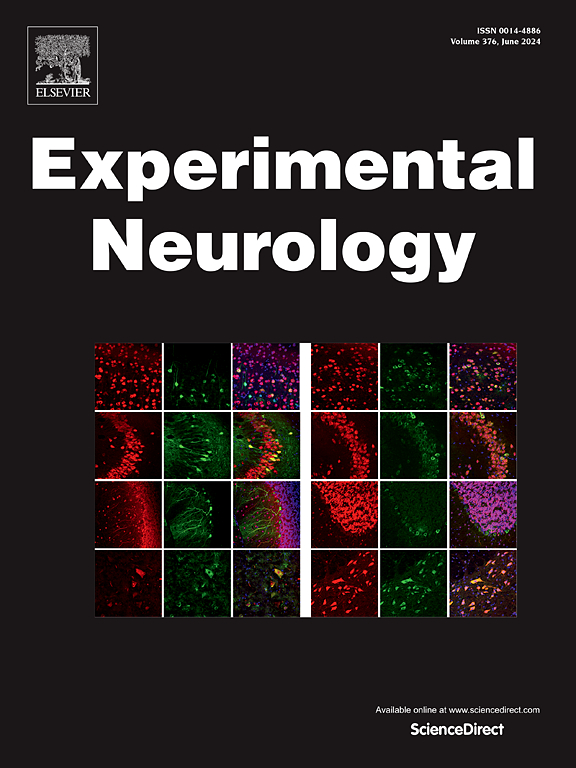Role of substantia Nigra dopaminergic neurons in respiratory modulation and limitations of levodopa in Parkinson's disease
IF 4.6
2区 医学
Q1 NEUROSCIENCES
引用次数: 0
Abstract
The substantia nigra pars compacta (SNpc), a midbrain region enriched with dopaminergic neurons projecting to the dorsal striatum, is essential for motor control and has been implicated in respiratory modulation. In Parkinson's disease (PD) models, the loss of SNpc dopaminergic neurons correlates with baseline respiratory deficits, suggesting a potential link between dopaminergic dysfunction and respiratory impairments.
To explore this, we used adult transgenic mice (Vglut2cre Ai6 and Vgatcre Ai6) to map neurotransmitter phenotypes, as well as DATcre mice for pharmacogenetic modulation of SNpc dopaminergic neurons using excitatory (Gq) or inhibitory (Gi) designer receptors exclusively activated by designer drugs (DREADDs). Neuroanatomical tracing revealed SNpc projections to key respiratory nuclei, including the caudal and rostral ventral respiratory groups (cVRG and rVRG), Bötzinger complex (BötC), nucleus of the solitary tract (NTS), raphe magnus (RMg), and dorsal raphe (DR). While SNpc neurons were not activated by hypercapnia (7 % CO₂) or hypoxia (8 % O₂), pharmacogenetic stimulation of SNpc neurons altered respiratory parameters under both baseline and chemosensory challenge conditions. However, dopamine precursor treatment in PD models did not reverse respiratory deficits.
These findings suggest that SNpc dopaminergic neurons can modulate respiration when selectively stimulated, but we did not find evidence for an endogenous role in respiratory chemosensitivity. This study reinforces the complexity of dopaminergic contributions to respiratory control in PD and suggests that targeting these neurons may not be sufficient to restore respiratory function, emphasizing the need for broader therapeutic strategies.

求助全文
约1分钟内获得全文
求助全文
来源期刊

Experimental Neurology
医学-神经科学
CiteScore
10.10
自引率
3.80%
发文量
258
审稿时长
42 days
期刊介绍:
Experimental Neurology, a Journal of Neuroscience Research, publishes original research in neuroscience with a particular emphasis on novel findings in neural development, regeneration, plasticity and transplantation. The journal has focused on research concerning basic mechanisms underlying neurological disorders.
 求助内容:
求助内容: 应助结果提醒方式:
应助结果提醒方式:


